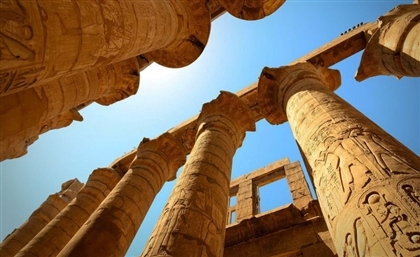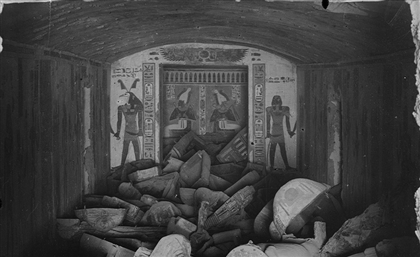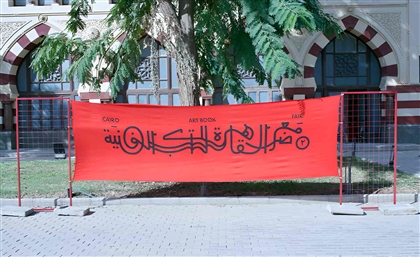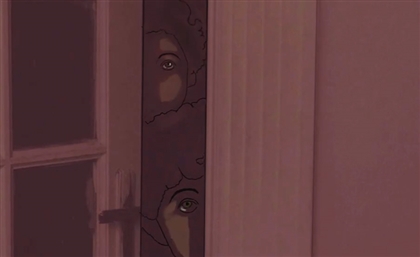A Brief, Humorous History of Egyptian Jesters & Clownery
If you’ve been feeling like a clown lately, know that you’re honouring an almost-5,000 year old Egyptian tradition.
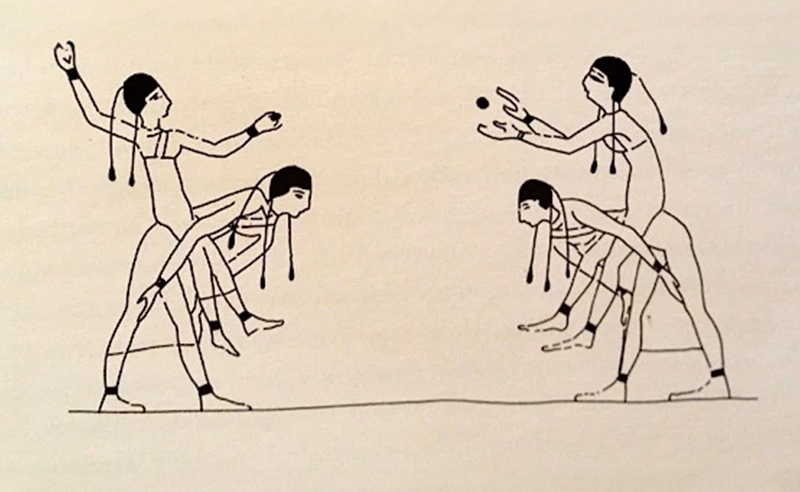
Originally Published February 14, 2025
Clowns are ubiquitous, and the term 'clown' is pretty much all-encompassing. You have birthday clowns, circus clowns, and you might even know a post-summer 2024 situationship clown, but that’s a story for another time. So what make-eth clown? And what do clowns even have to do with Egypt? Well, you’ll be amused to find out that the earliest ancestors of modern-day clowns were juggling about in ancient Egypt as early as the Fifth Pharaonic Dynasty, around 2,400 BCE, give or take.
So, what did those clowns look like?
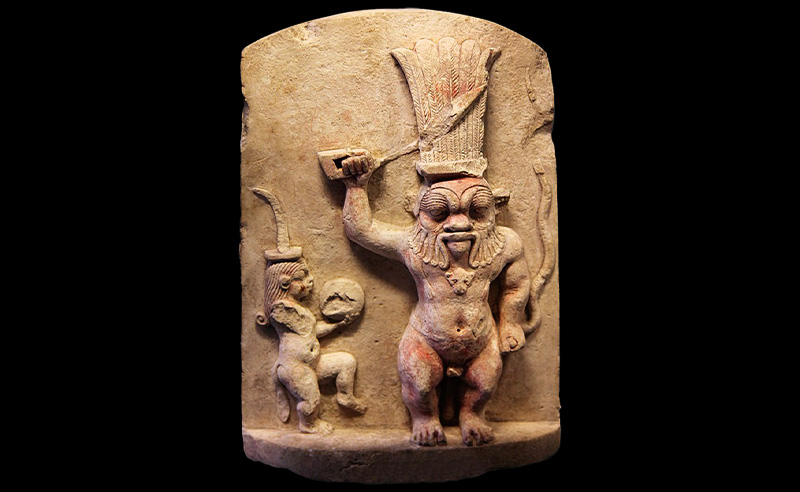
Contrary to popular belief, these clowns did not don outrageously large and shiny red noses, nor did they flop around in equally ridiculous oversized clown shoes. In fact, the earliest clowns dressed as gods, and in ancient Egyptian courts, they were regarded as such. Clowns in ancient Egypt didn’t just perform for a simple laugh or act as dinner entertainment; they were essentially a theatre troupe, re-enacting the myths of Egypt’s deities.
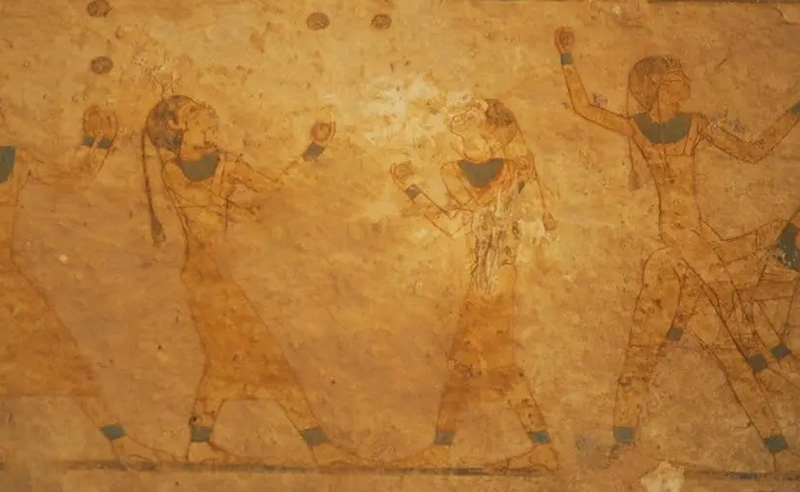
One group that was central to this form of entertainment were ‘Pygmies’, individuals of short stature – and lower classes – often hailing from neighbouring African countries. This act of bigotry under the guise of entertainment may be outrageous to some of us today, yet such treatment of physically unique individuals as spectacles for entertainment was a running theme across various cultures for millenia, lasting well into the 20th century.
In ancient Egypt, these pygmy jesters dressed in leopard skins and wore a variety of animal masks, often depicting mythological-but-not-really-mythological-then figures. One such figure is Bes, the deity of dance, battle and ‘maskhara’, as Egyptian actor Adel Emam famously notes in the 2004 Egyptian cult-classic film ‘Arees Men Geha Amneya’. Their outlying physical traits became part of the spectacle, intertwining humour with a novel fascination for the unusual.
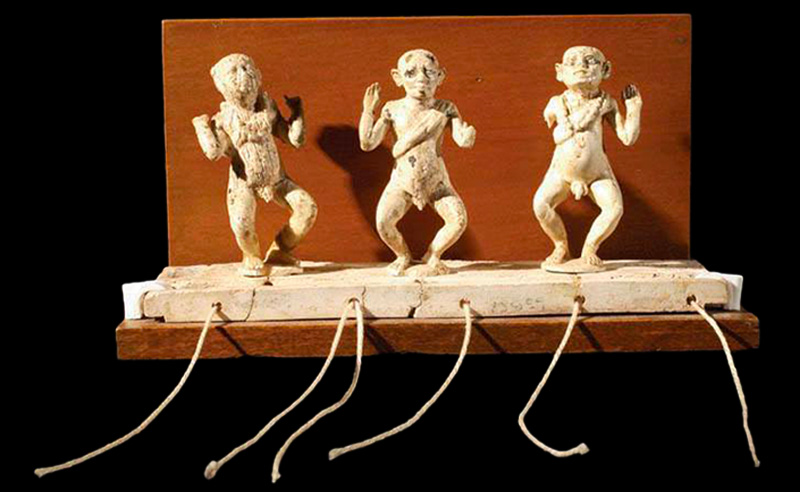
Over time, clowns' roles blurred with those of Egyptian priests, as they often performed religious stories, rites and re-enacted divine tales in ways that held spiritual significance for the courts of the pharaohs. “In addition to these clown figures who served in ancient royal courts, organized clown societies have served socio-religious functions for their communities. These clown societies were stable institutions fulfilling a cultural psychological need,” writes Michael Bala, a Jungian analyst and depth psychology educator, in his article ‘The Clown: An Archetypal Self-Journey’ (2010).
Clowns' prominence in the royal courts of ancient Egypt naturally led to the creation of one of the world’s earliest forms of the circus. The first concept of a circus is also believed to have originated during the ancient Egyptian Empire. Performances included feats of juggling, which weren’t just slated for entertainment but meant to induce a deeply meditative ambiance, bringing varying sectors of society together, a movement simultaneously taking place across a myriad of Old World cultures.
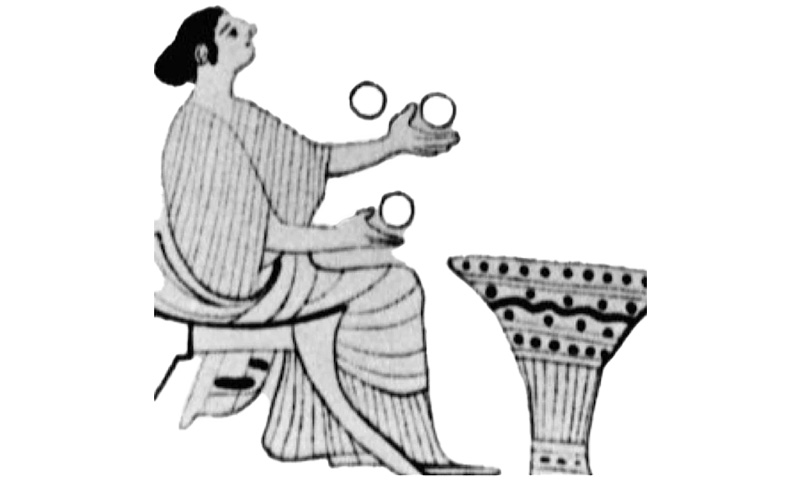
These aforementioned jesters were depicted in hieroglyphs dating back 5,000 years. Some of the very earliest of these were discovered in the Beni Hasan cemetery complex in a provincial governor’s tomb. Yet these depictions showcase individuals who do not fall under the same descriptors as their short-statured counterparts, signifying an evolution in what would come to be known as clownery, as many more strata of social classes would pursue the act as a form of respected art.
It wasn’t all the theatrics we have today, but it was something, so we’ll cut them some slack.
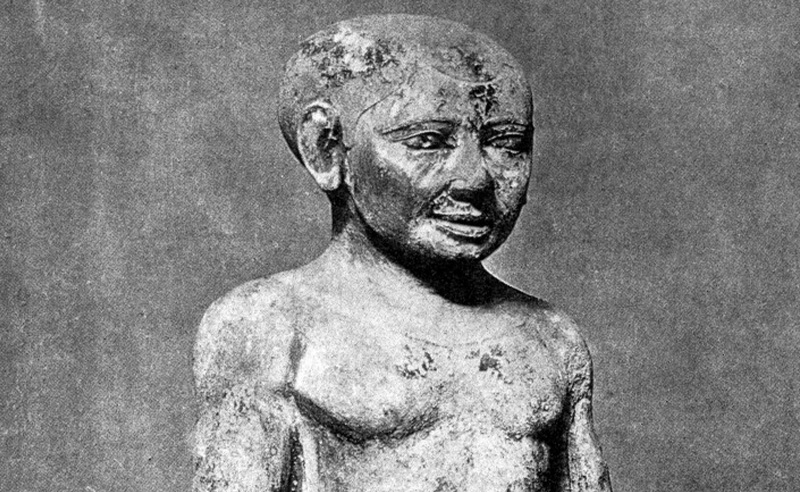
Today, clowns in Egypt have taken on a completely different form, and that’s aside from the average Bumble match history. Walking the streets of Cairo today, you may encounter a clown in the form of a person in a panda suit on proverbial acid living their best life at a street-style wedding. You may dance with a gorilla at your friend’s bachelor party, and you may even catch a glimpse of a contortionist troupe putting on a show in an unassuming Cairene alleyway.
Though names may differ, and performances may vary, one fact remains indisputable: to clown, at the very core of the notion, is to bring joy, and that has always been an Egyptian area of expertise.
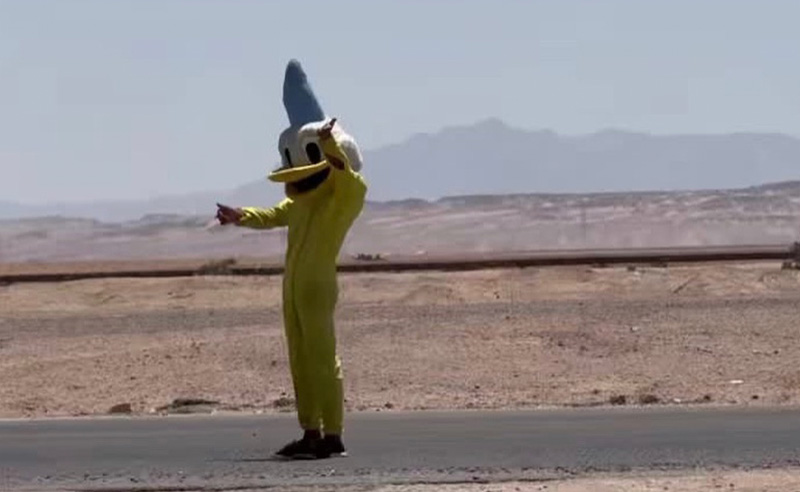
So this Valentine’s Day, you go ahead and clown yourself out, knowing that you’re making someone happy, even if that someone is not you.
- Previous Article Arsenik & Abo El Anwar Team Up for ‘Fomanshi’
- Next Article Six Unexpected Natural Wonders to Explore in Egypt
Trending This Week
-
Dec 12, 2025








